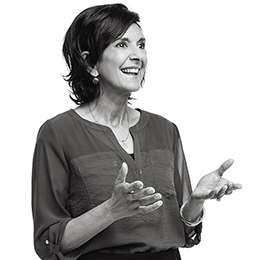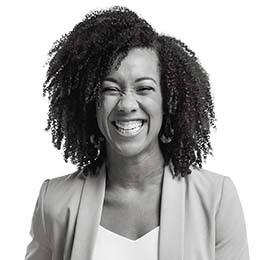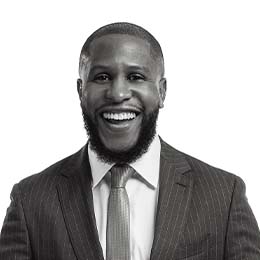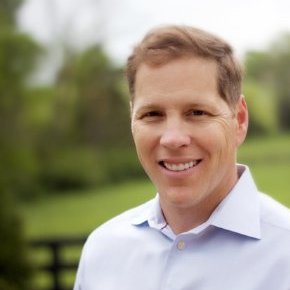I invite you to take a moment to think about a great leader that you know. This may be someone you worked with in the past; or, if you are lucky, someone you work with now.
With that person in my mind, I bet I can predict two things about that leader.
First, that great leader led a team that delivered great results. Frankly, if the leader didn’t deliver great results, you probably wouldn’t have assigned the title ‘great’.
Second, your great leader did things differently than other less than great, let’s call them mediocre, leaders. Maybe the great leader asked better questions, focused attention on more important activities or goals, and interacted in different ways with people, projects, and processes when compared to mediocre leaders.
These two predictions about your great leader make good sense. You would not have called the leader great if great results were not delivered, and you probably saw that leader do different things in different ways which contributed to the great outcomes.
All too often, when aspiring to be a great leader, we stop with the first two differentiators. We ask ourselves:
· What do great results look like?
· Who is delivering those results?
· What do those leaders do?
The answers to these questions are compiled into a list of great leader behaviors or competencies. We then embark on a journey to replicate those behaviors and competencies in others and ourselves. To a certain degree, this will work. Get more mediocre leaders to imitate the great ones and, sure enough, the results will improve—at least in the short-term.
Unfortunately, in the long-term, those results will be unsustainable.
Why?
Well, things change. In fact, change is a constant. A new piece of technology is introduced, a competitor makes an unexpected move, or customer demands shift. Suddenly what worked in the past is not working today and leaders don’t know how to adapt. The list of ‘great leader behaviors’ is no longer an effective playbook.
Additionally, and arguably more important, the mediocre leader, who is trying to behave like the great leader, may not be totally committed to the new behaviors. Over time, the behaviors unravel, the results return to the old normal, the mediocre leader is convinced that the whole thing was a waste of time, and team members are frustrated.
If you really want to understand what makes a great leader, you have to move beyond merely results and behaviors. Those two things are only half of the equation. In many ways, results and behaviors are simply observable outcomes of a deeper difference between mediocre and great leaders. Yes, they are necessary, but they are also insufficient.
Great leaders are different in two other key areas, how they think and who they are.
Let’s explore the how they think aspect. Compared to mediocre leaders, great leaders have a different mindset about their role, team members, customers, products, services, and a wide range of other issues. This mindset informs everything the great leader does and in many ways is the source of the results achieved.
One way to illustrate someone’s mindset is to envision a pair of glasses. On the inside of the lenses a belief is written about how the wearer sees the world. If a leader puts on a pair of glasses that reads, “Nothing gets done around here unless I do it” that leader will expect little from team members, do most of the work themselves, and yield the results of such behaviors—disengaged employees and a burned-out leader. But what if the leader had a different mindset—something different was written on the glasses? Then, the behavior is different and so are the results. A great leader might have glasses that read, “The team members are new and need coaching to get it right.” Now instead of micromanaging, the leader engages, coaches, models, and assists – but does not take over the task. As a result, team members are engaged; they grow and flourish.
As Stephen R. Covey said,
“If you want incremental change in your life, focus on your behaviors. If you want quantum changes in your life, change your paradigm.”
This is never truer than in helping a leader become a great leader. It does not start with skill or technique. It starts with mindset, which at its essence is informed by the fourth element, character.
A leader’s character—Who They Are—is both forged and revealed during the most difficult of times. It is also the true source of a leader’s ultimate performance. Take a look at a newspaper or watch a news program and inevitably you will see a story of a leader who failed because of a character issue. The leader wrongly treated employees, violated public trust, misused organizational resources, or some other revelation of a character deficiency.

If you truly want to be a great leader or help others achieve their full leadership potential, focus on all four aspects. Don’t fall into the short-term trap of merely addressing behaviors and results. Do the hard work to develop the deeper and enduring qualities of a great leader’s mindset and character.
Exciting Offer…
In the coming months, my colleagues at FranklinCovey are launching an amazing new leadership offering. The offering couples FranklinCovey’s 40-years of leadership research and experience, with its award-winning approach to developing individuals, teams, and organizations.
I will be helping them to roll it out to the world.
If you’re in charge of or have influence over leadership development in your organization, I encourage you to take it to the next level and attend an event that addresses what sets great leaders apart. This 50-city tour, sponsored by FranklinCovey, is designed to help you build great leaders at all levels.
Hopefully you’ll be attending one that I’m teaching so we can meet in person. You can register at
https://www.franklincovey.com/onleadership
Best- Patrick








